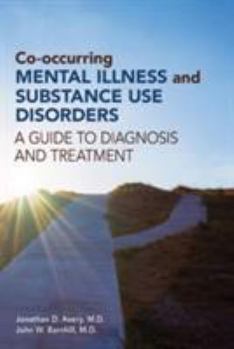Co-occurring Mental Illness and Substance Use Disorders: A Guide to Diagnosis and Treatment
To help clinicians keep the big picture in mind, the book is organized around 18 cases, each of which addresses a particular diagnostic skill (e.g., assessment), group of disorders commonly comorbid with substance use disorders (e.g., PTSD, eating disorders), specific treatment (e.g., pharmacological interventions), or special population.
Format:Paperback
Language:English
ISBN:1615370552
ISBN13:9781615370559
Release Date:September 2017
Publisher:American Psychiatric Association Publishing
Length:318 Pages
Weight:0.90 lbs.
Dimensions:0.6" x 6.0" x 9.0"
Grade Range:Postsecondary and higher
Customer Reviews
0 rating





